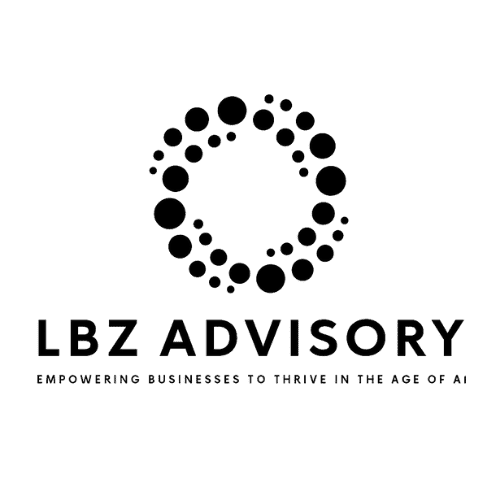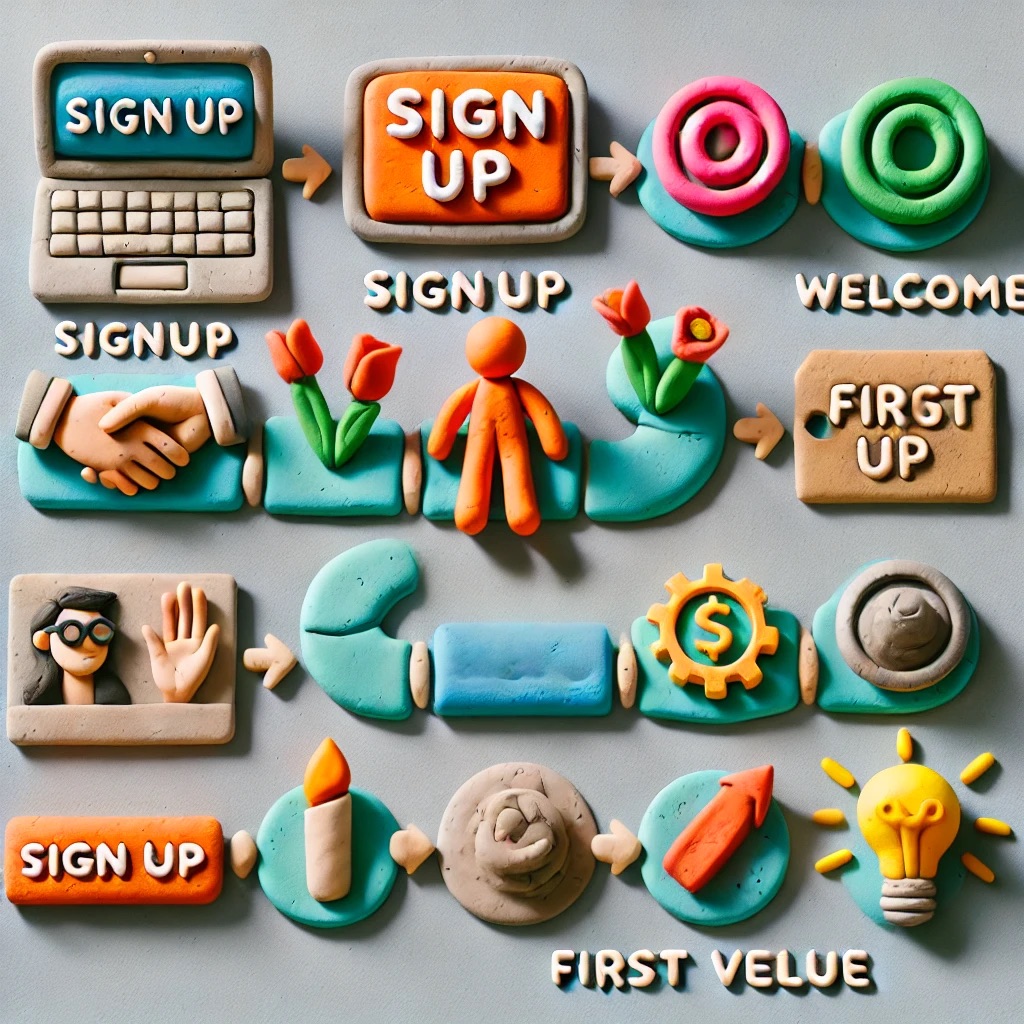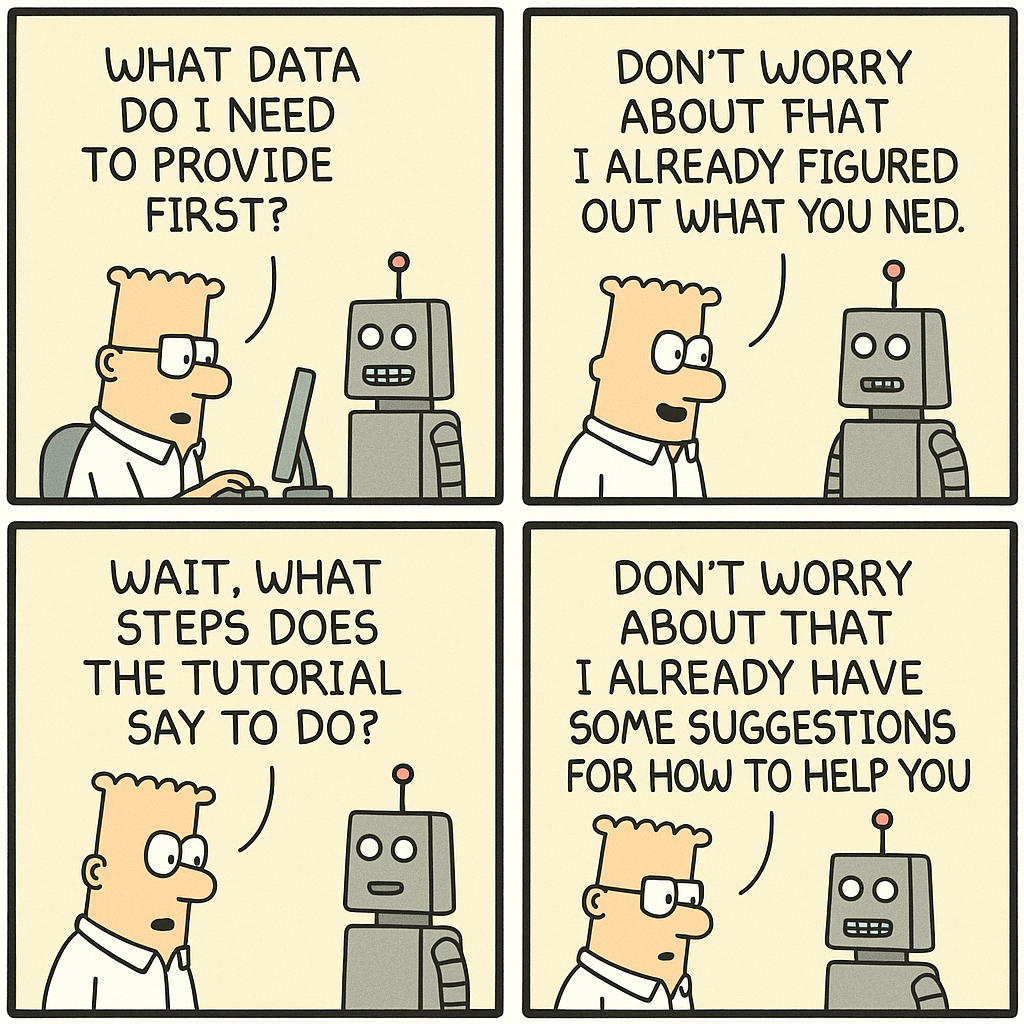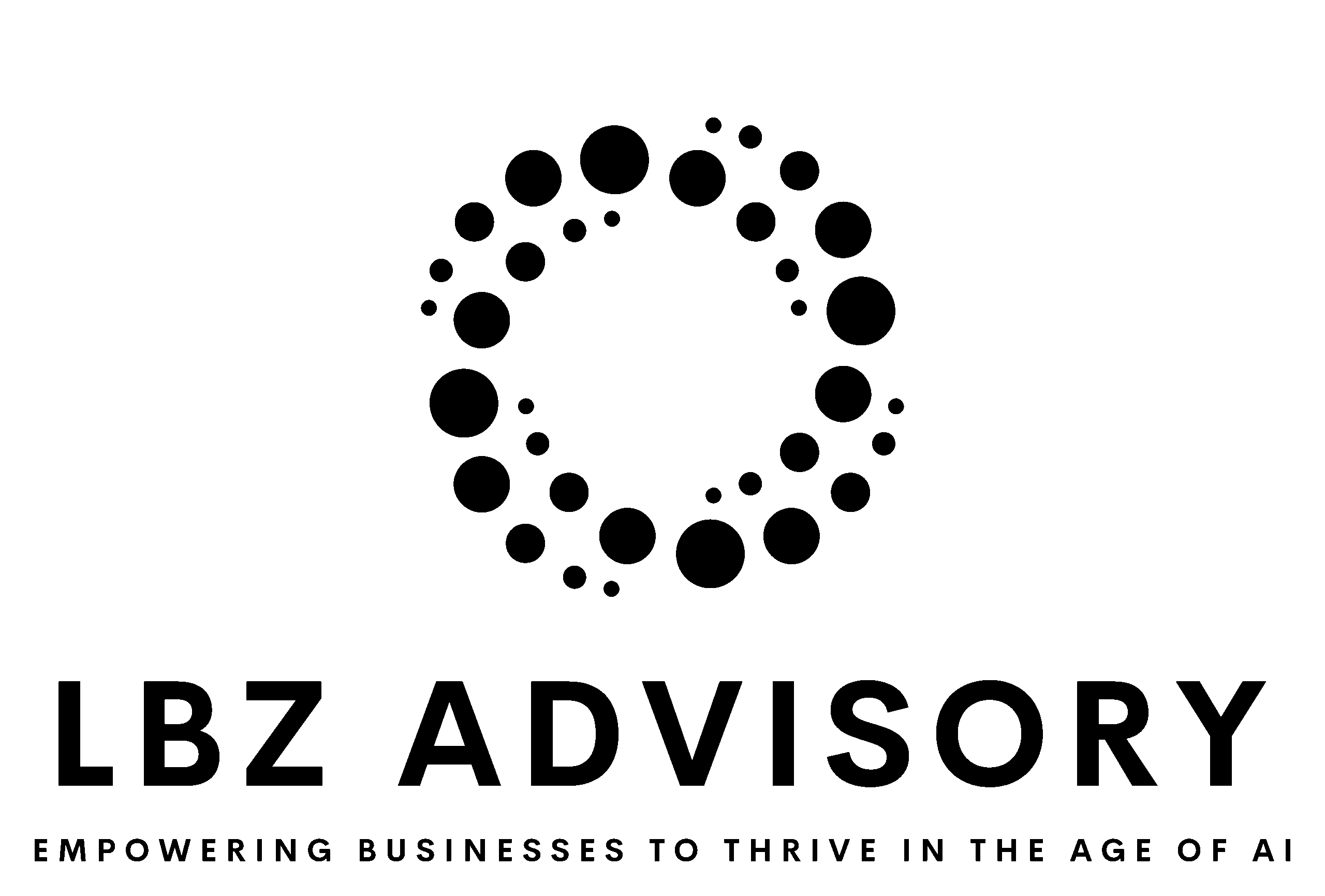1. Introduction to Product-Led Growth (PLG) and Growth Hacks
Product-led growth (PLG) is a strategy where the product itself drives acquisition, retention, and expansion. Successful PLG uses the product as the main tool to attract and retain users, simplifying the journey to conversion. Growth hacks amplify these efforts, enabling products to reach more users faster. Examples from companies like Dropbox and HubSpot demonstrate how well-placed PLG tactics can turn products into growth engines.
2. Key Principles of Product-Led Growth
The foundation of effective product-led growth includes principles like fast “time to value” (TTV), viral loops, and freemium models. These principles guide users to see the value of the product quickly and encourage organic sharing.
a. Time to Value (TTV)
Reducing TTV is essential in keeping users engaged. The sooner users experience value, the more likely they are to continue using the product. For example, Notion helps new users get started quickly by offering customizable templates for various use cases, such as personal projects or business tasks. This onboarding approach allows users to instantly see how the product can meet their needs.
b. Viral Loops and Referrals
Viral loops are powerful growth drivers that leverage existing users to bring in new ones. A recent example of a viral loop in product-led growth is Notion’s ambassador program. This program turns enthusiastic users into advocates by providing exclusive perks, such as access to private channels, swag, and early product releases. Ambassadors are encouraged to share Notion with their networks, effectively creating a community-driven viral loop that amplifies Notion’s reach. Through these incentives, Notion harnesses organic growth and word-of-mouth, transforming users into valuable promoters of the product.
Another example is Calendly’s shareable scheduling links, which spread the product through user interactions. By letting users send links for scheduling meetings, Calendly introduces new users to the product through direct engagement. Each person who receives a Calendly link gets an opportunity to experience its functionality, making the platform a natural and effective viral growth tool.
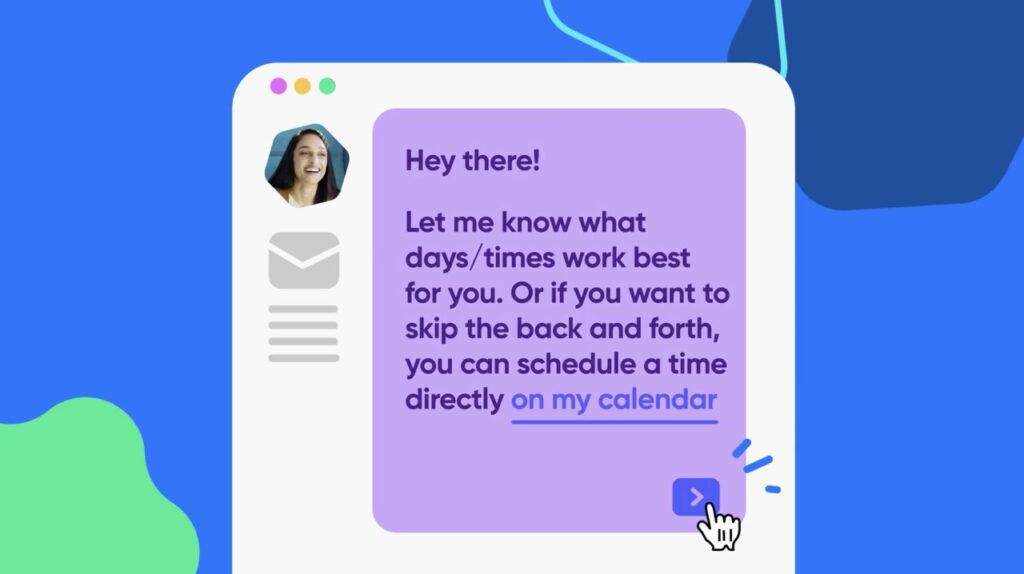
c. Freemium and Free Trial Models
Freemium models give users access to basic features for free, encouraging them to explore the product before considering a paid plan. Trello is an excellent example, allowing users to get started for free and then prompting them to upgrade for additional functionality. This approach builds trust and encourages users to invest more in the product as they realize its benefits. JivoChat does this beautifully with fast free setup to get you started with live chat on any website here.
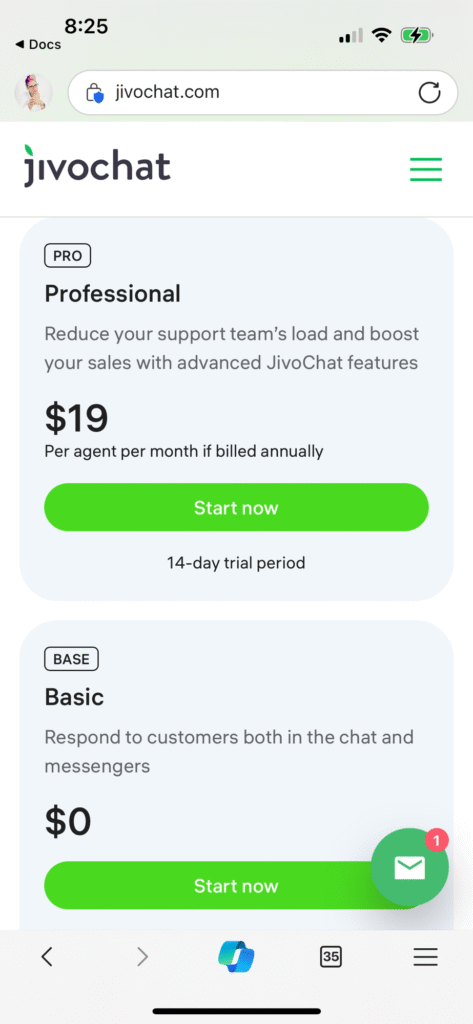
3. Product Onboarding Hacks
Onboarding is one of the most crucial steps in PLG, as it determines how easily users experience the product’s core value. Here are some effective onboarding hacks:
a. Simplified Onboarding Processes
A smooth onboarding process minimizes friction, enabling users to quickly get started. Asana uses a searchable guide that provides best practices and support, which removes friction during the onboarding phase and helps improve both user adoption and retention. Another example is Slack, which uses in-app guidance to direct users to the most critical features and help them set up their workspace.
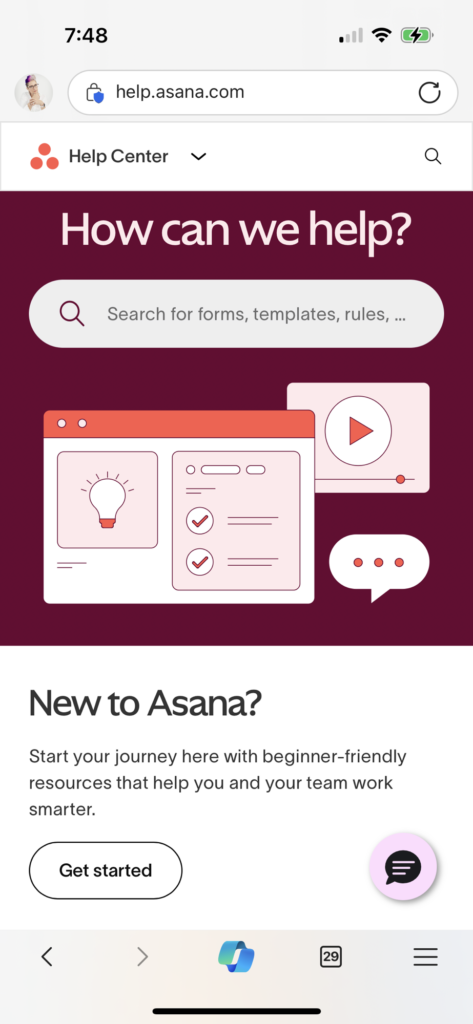
b. Personalized Onboarding Experiences
Tailoring the onboarding experience to user needs can significantly boost engagement. For instance, Notion personalizes onboarding by using user data to offer templates based on specific use cases, such as individual projects or team collaborations. This approach allows users to feel a personal connection to the product from the start.
See how Notion uses templates for PLG here: https://www.notion.so/templates/collections
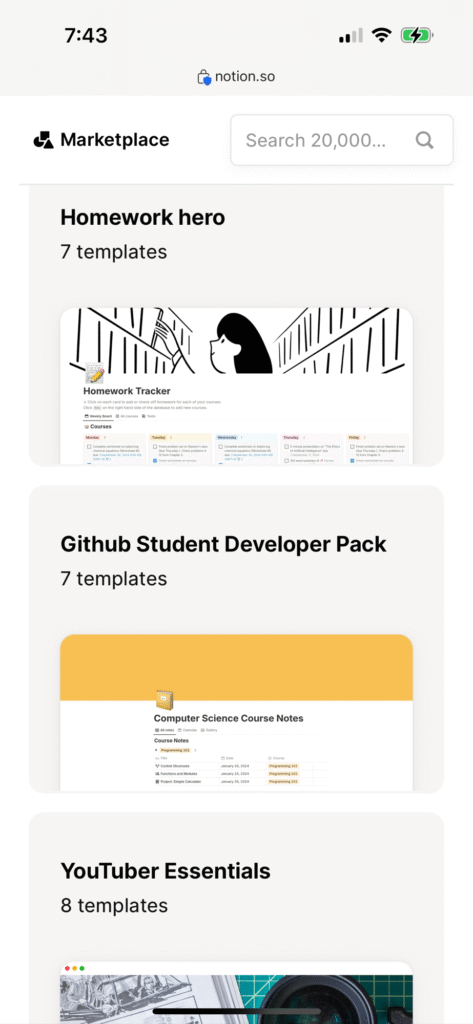
c. Eliminating Friction
Reducing unnecessary steps during onboarding can improve user retention. Userpilot, for example, simplifies the signup process by allowing single sign-on (SSO) options, which speeds up registration. Similarly, JivoChat delays the email verification step, letting users immediately explore the platform without interruptions. This helps users get to the product’s value quickly, increasing their likelihood to stay. Check out how easy JivoChat makes signup and getting started here.
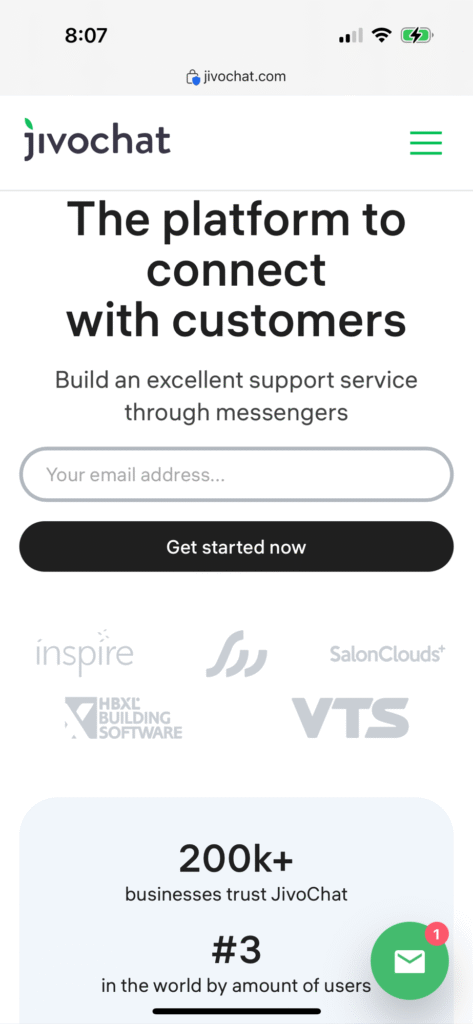
4. Engaging Core Features for Retention and Expansion
PLG isn’t just about attracting users; it’s about retaining them by continuously offering value. Here are a few strategies that successful companies use to engage users.
a. Gamification and Progress Tracking
Adding elements of gamification, such as tracking progress, can boost user engagement. HubSpot Academy uses this strategy by adding status indicators that show users their course progress. This simple addition encourages users to complete courses, improving both user satisfaction and retention.
b. Interactive Walkthroughs
Guided product tours or interactive walkthroughs help users explore the product step-by-step, which is especially valuable for complex software. Userpilot uses this strategy, providing users with step-by-step instructions to help them understand and adopt product features. This reduces the learning curve and boosts feature adoption.
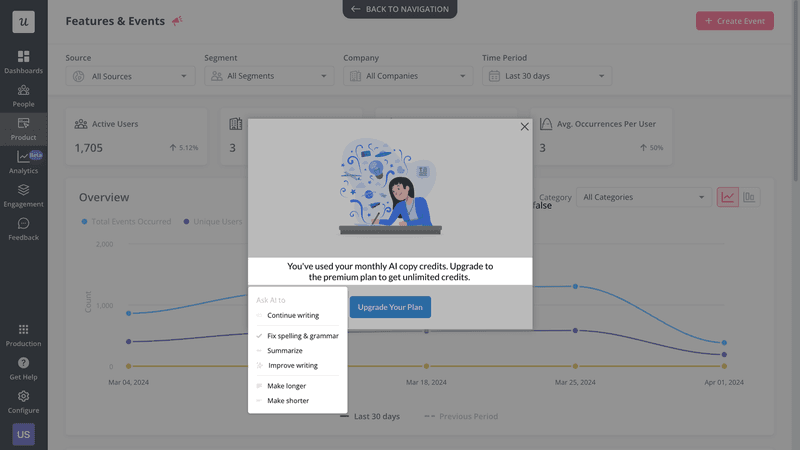
c. Sticky Features for User Retention
Features that add continuous value over time make the product “sticky,” encouraging users to stay. Miro, a collaborative whiteboard tool, achieves this by offering features that cater to real-time collaboration, making it an invaluable tool for teams. This continuous value drives regular engagement and prevents users from switching to alternatives.
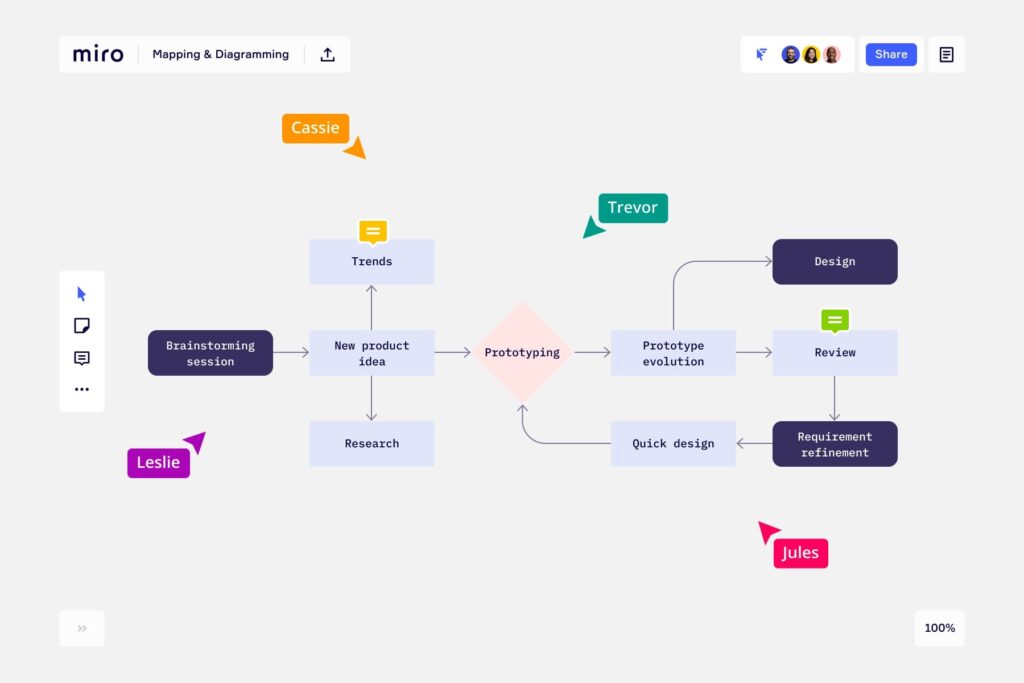
In the product-led world, these hacks can streamline user journeys, improve retention, and boost expansion. By focusing on reducing friction, personalizing experiences, and building in gamification and interactivity, products can become their own best marketing tool.
